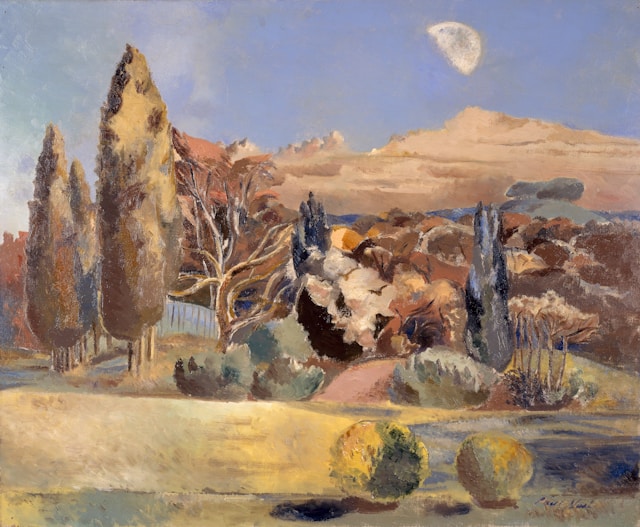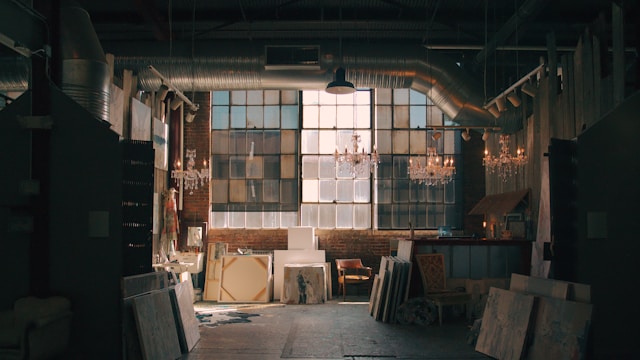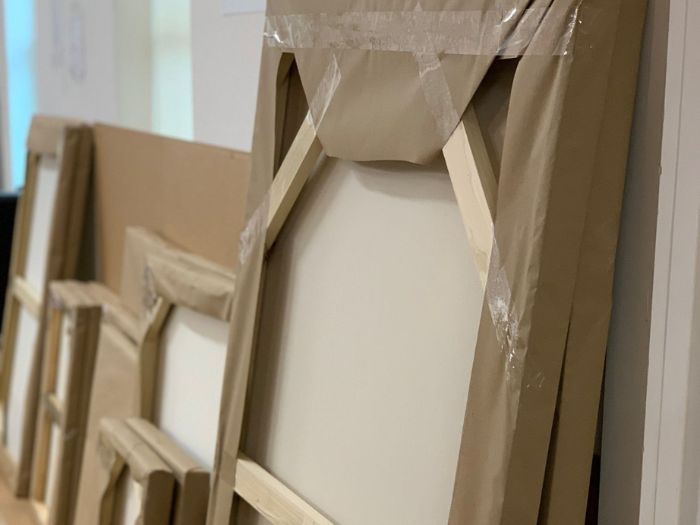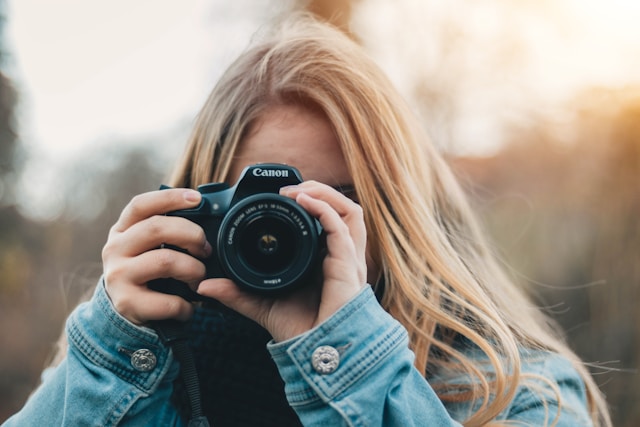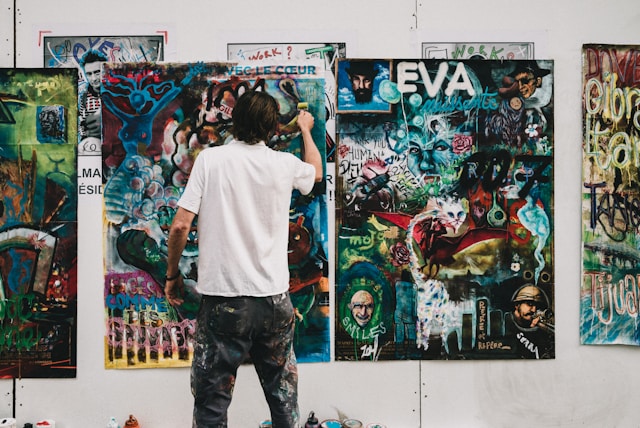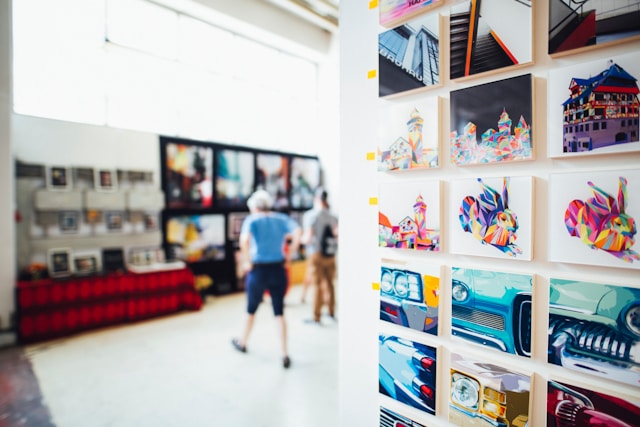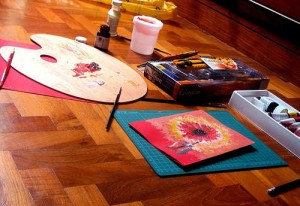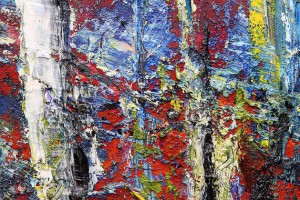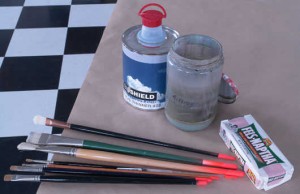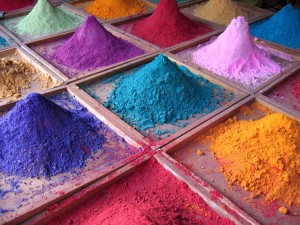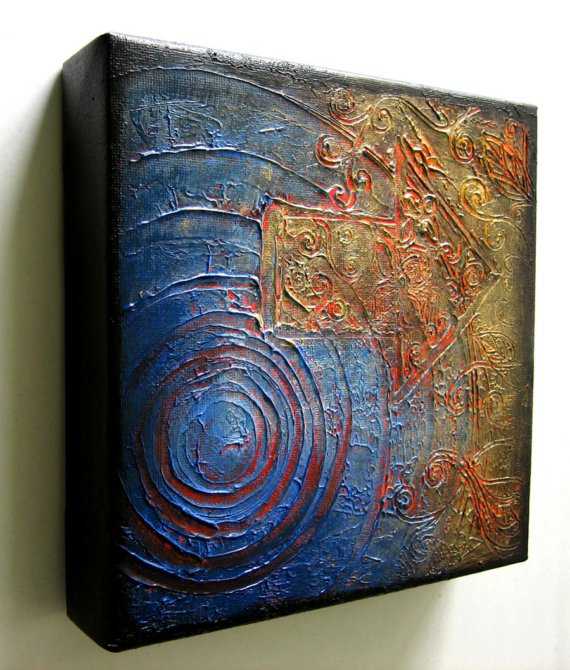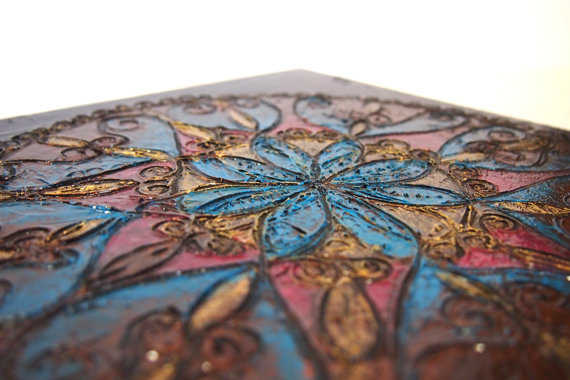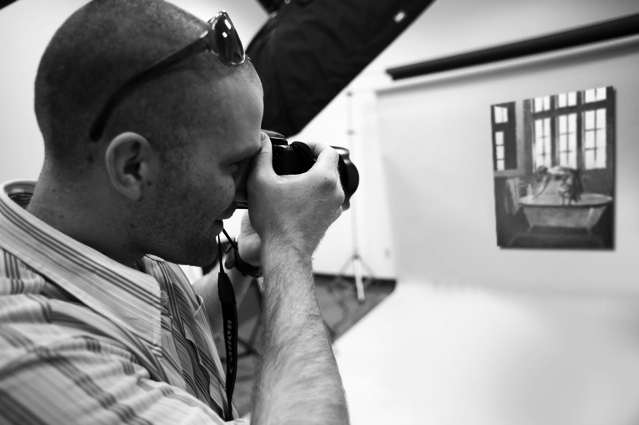
8 Useful Tips to Organize your Art Studio
Painting is a wonderfully fulfilling endeavor, but it often comes with its own set of challenges, one of which is maintaining an organized art studio. A cluttered and chaotic workspace can hinder creativity and productivity, making it difficult to focus on your artistic pursuits. However, with a few simple tips and tricks, you can transform your art studio into a well-organized space that inspires creativity and productivity. Here are some valuable tips for keeping your art studio organized:
1. Designate areas. Start by dividing your art studio into different zones based on the type of activities you engage in. For example, create a painting zone, a drawing zone, a storage zone for art supplies, and a relaxation zone for taking breaks. This helps create a sense of order and makes it easier to find what you need when you need it.
2. Invest in storage solutions. Use storage solutions such as movable racks, shelves, cabinets, drawers, and storage bins to keep your art supplies neatly organized and easily accessible. Consider using clear containers or labeled bins to store smaller items like brushes, pencils, and tubes of paint, making it easier to locate them when you need them.
3. Keep your workspace clutter-free. Make it a habit to clean and declutter your workspace regularly. Clear off your work surface at the end of each day and put away any supplies or tools that are not in use. This not only creates a more inviting and organized workspace but also helps prevent accidents and damage to your artwork.
4. Create a system for organizing tools and materials. Develop a system for organizing your tools and materials based on frequency of use or type of medium. Keep frequently used items within arm’s reach and less frequently used items stored away in designated areas. This will streamline your workflow and make it easier to find what you need when inspiration strikes.
5. Label everything. Labeling is your best friend when it comes to keeping your art studio organized. It’s a tedious process, but very valuable in the long run. Use labels to identify the contents of storage bins, drawers, and cabinets, making it easy to locate specific items quickly. Consider using a color-coded system for even greater organization and efficiency.
6. Utilize vertical space. Most artists don’t have the luxury of having a big studio. Make the most of your studio space by utilizing vertical storage solutions such as wall-mounted shelves, pegboards, and hooks. These space-saving options allow you to maximize storage capacity without taking up valuable floor space, keeping your studio tidy and clutter-free.
7. Establish a cleaning routine. Set aside time each week to clean and organize your art studio. Wipe down surfaces, sweep or vacuum the floors, and put away any stray supplies or tools. A regular cleaning routine not only keeps your studio looking its best but also helps maintain a healthy and productive work environment.
8. Embrace digital organization. In addition to physical organization, consider utilizing digital tools and software to keep track of your artwork, reference materials, and inspiration. Use apps or software programs to catalog your artwork, organize reference images, and jot down ideas and notes. This digital organization system can help streamline your creative process and keep your studio clutter-free.
By implementing these tips and establishing good habits, you can create an art studio that is not only organized and efficient but also conducive to creativity and inspiration. With a well-organized workspace, you can focus more fully on your artistic pursuits and bring your creative visions to life with ease.


